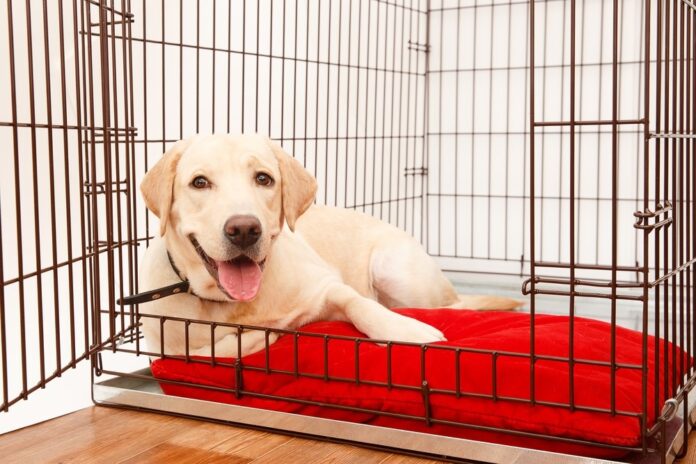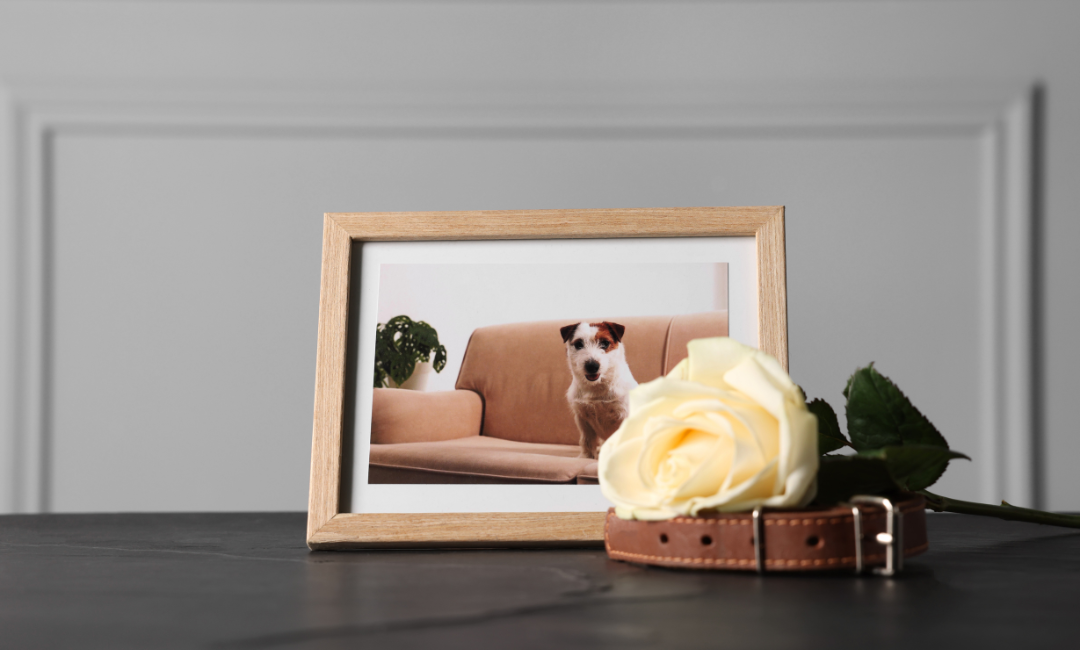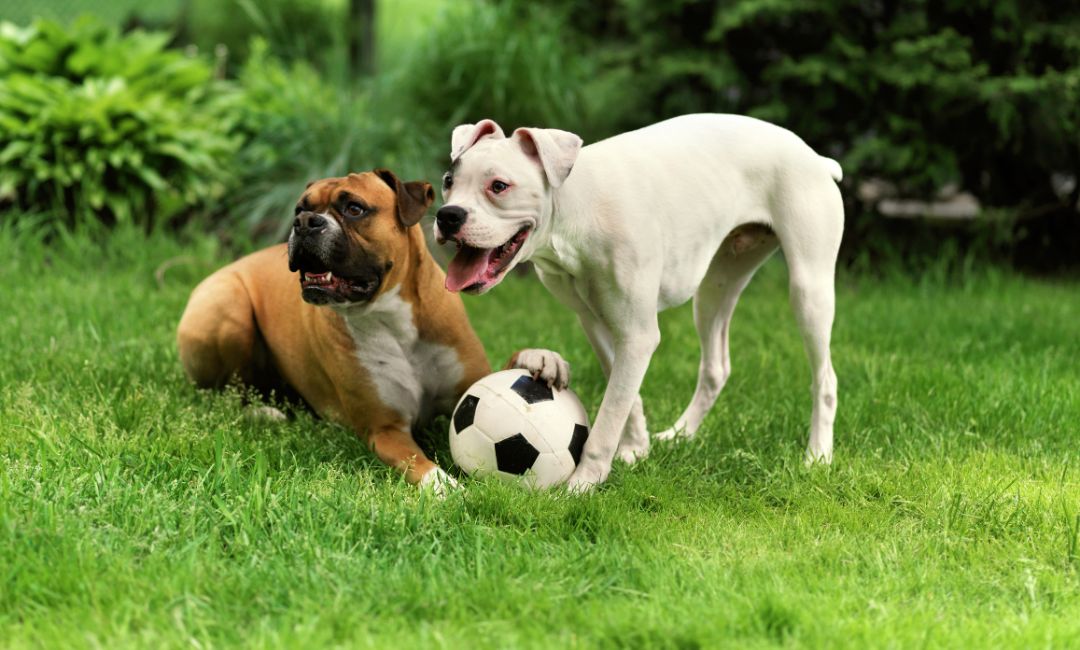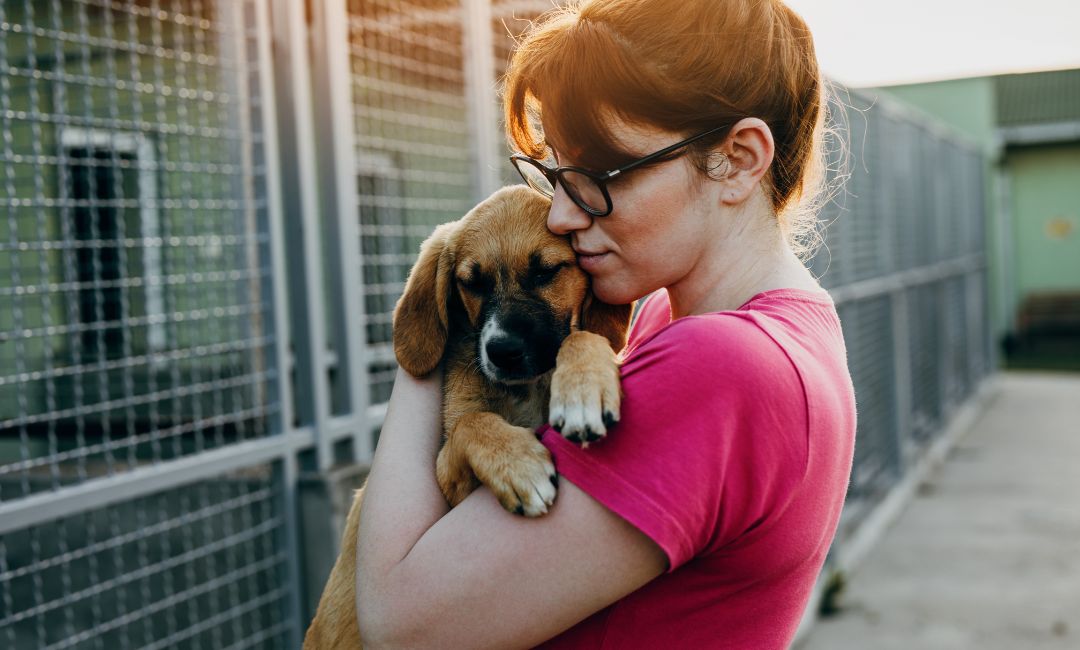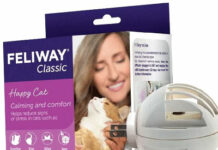If you’ve already decided on crate training your dog, you probably know about the benefits for house-training and general behavior. You might also be tempted to get your dog the largest crate so they have as much room as possible – but this is a mistake! Read on to learn how to buy the right sized crate for your dog.
The Crate From Your Dog’s Perspective
When used properly, a crate is like your dog’s room. It’s somewhere they like to go, and they can go in there anytime to relax or sleep. While you may appreciate the aspect of keeping your dog contained while house-training or when you’re out for short periods of time, remember that first and foremost this should be your dog’s space! If they feel safe and comfortable in their crate, you may even find your dog going in to escape from too much noise, small children, or just to get a rest.
How Big Is Too Big?
So, why not make your dog’s crate as large as possible? While we may like large rooms, dogs have a strong den-building instinct, and dens are supposed to be small and cosy. For example, huskies are known to dig into the snow and sleep curled up in it (their fur is built for the cold). Your crate shouldn’t be that claustrophobic – your dog should have enough room to stand up without hitting their head, turn around, and stretch out. However, if the crate is too large, it won’t feel like a den, just a cage! Additionally, if you are trying to house-train a puppy, you may find a large crate has enough room for them to sleep on one side and pee on the other.
Crate Sizing
There are plenty of guides available to pick a size by breed, such as here https://apdt.com/resource-center/choosing-right-crate-size/ . This is a good place to start, but remember that your dog might be smaller or larger than average for their breed, so it’s best to measure yourself.
Here are the two measurements you need:
- Height: Have your dog sit, and measure from the floor to their highest point (usually their nose looking up or the tips of their ears)
- Length: Have your dog stand, and measure from the tip of their nose to the back of their hindquarters. If they have a stronger, larger tail, consider including it in the length measurement, since it will hit the back of the crate.
Once you have these measurements, it’s recommended to add 2-4 inches to each measurement to get the crate dimensions (2 inches for small breeds, 4 for large). If you can, visit a pet shop and have your dog stand next to the crates to see if they would have enough room. Remember to add an inch or two to the height if you plan to use a thick crate pad or dog bed inside!
Puppies
Puppies are going to grow, and quickly! You can buy a puppy-sized crate then switch to a larger one later, but we recommend using a wire divider. These dividers segment an adult-sized crate to make a smaller area for the puppy. The advantage here is that you can move the divider along the crate as your puppy grows, instead of trying to transition between crate sizes.
How big will your puppy get? That really depends on the parents, though parent sizes are not a guarantee. If you’re not sure, go for slightly larger, and size down using the divider as needed.
At the end of the day, the crate should be comfortable for your dog. This means enough room to sit up and move around, but not so much room that it loses its cozy den feeling. When in doubt, ask your local pet store for help! There may be an employee who can help you find the best sized crate for your dog.
The post How Big Should Your Dog’s Crate Be? appeared first on Nurtured Paws.


